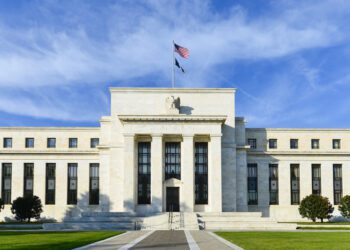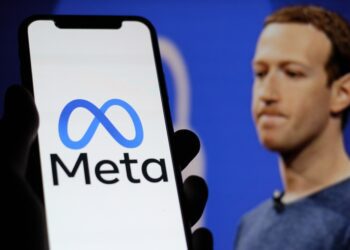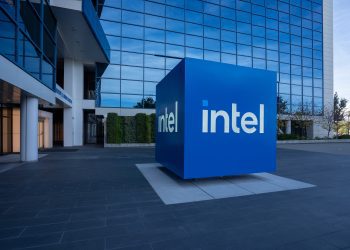Japan’s chief negotiator Ryosei Akazawa announced that Japan expects only 1% to 2% of its recently agreed $550 billion U.S. fund to be used for investment, with loans making up most of the rest.
Akazawa’s comments follow the White House’s statement that “The United States will retain 90% of the profits from this investment—ensuring that American workers, taxpayers, and communities reap the overwhelming share of the benefit.”
In an interview, Akazawa stated, “It’s not that $550 billion in cash will be sent to the U.S. By letting the U.S. have 90% of the profits rather than 50%, I think Japan’s loss will be at most a couple of tens of billions of yen. People are saying various things, such as ‘You sold out Japan,’ but they’re wrong.”
Akazawa said the $550 billion investment framework combines investments, loans, and loan guarantees provided by financial institutions supported by the Japanese government.
According to the chief negotiator, the investment will make up 1% or 2% of the total, and the U.S. and Japan will split the profits from that investment at a 90-10 ratio. Japan initially proposed a 50-50 split.
Japan will collect interest payments on the loans provided through the program. “For that part, Japan’s just making money,” Akazawa said. “We’d like to put the $550 billion in place during President Trump’s term.”
Akazawa confirmed that as part of the tariff agreement, Tokyo will save about ¥10 trillion ($68 billion) through lower tariff rates.
By CEO NA Editorial Staff












